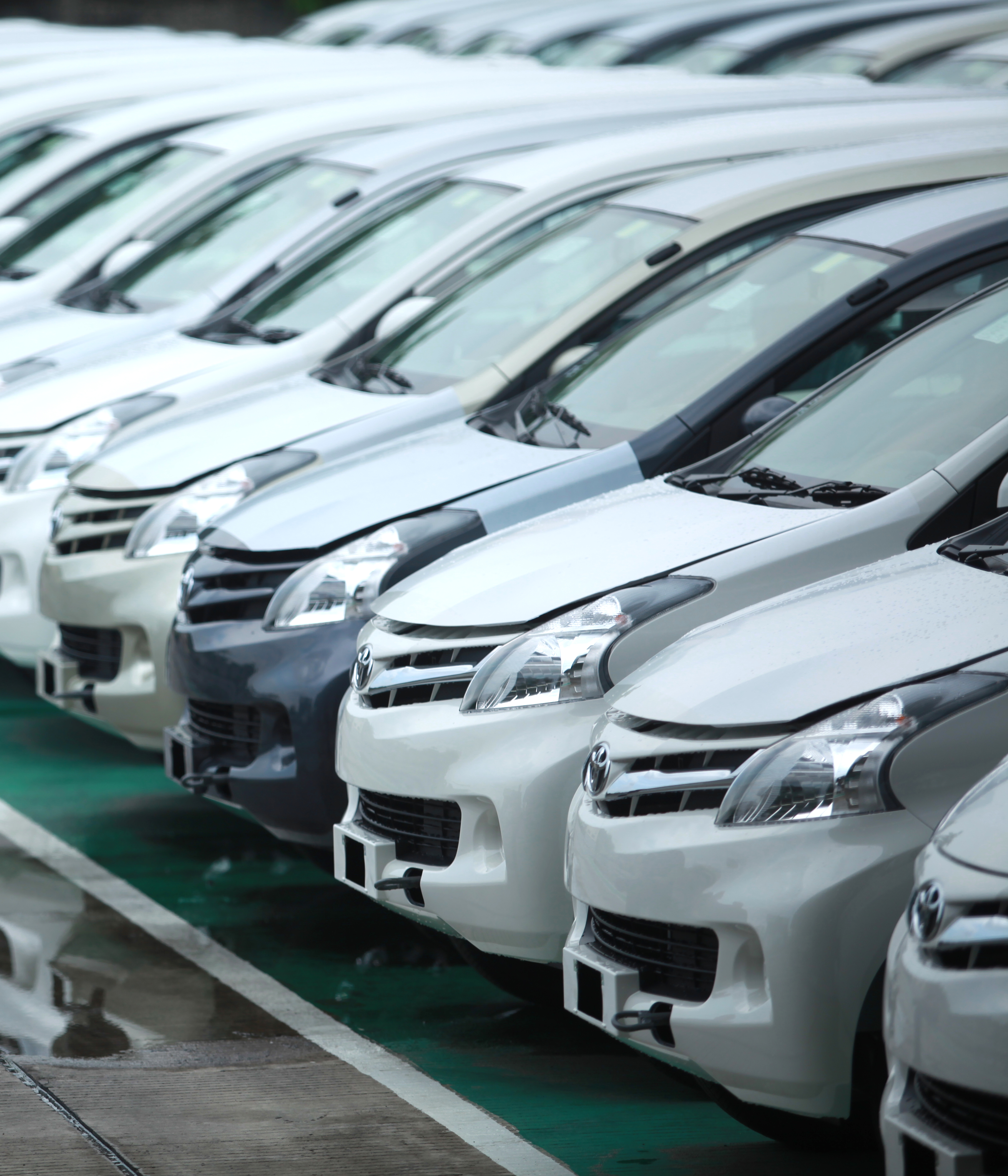We may live on land, but we couldn’t survive without the oceans, we literally wouldn’t be able to breathe. Oceans provide us with at least 50 percent of the oxygen we need. They also regulate our climate, absorb huge amounts of carbon dioxide from the atmosphere and provide us with vast stores of food. Industries as varied as fishing to transportation and tourism are dependent on the oceans. Oceans are also home to incredible marine wildlife, from the giant blue whale to delicate paddle-spined sea stars, the size of your fingernail.
Whatever way you look at it, the ocean is our greatest friend. Yet, the extraction and burning of fossil fuels is driving the climate crisis, disrupting our life-giving oceans and causing sea levels to rise through the twin actions of heat expansion and the melting of glaciers. The Intergovernmental Panel on Climate Change thinks that global mean sea level could rise by as much as 84cm between 2019 and 2100. The climate crisis has also made extreme weather events more common and more intense, and with ocean levels higher, that puts coastal areas at greater risk of devastating storm surges.
Education is the first step to taking action. If we can predict what will likely happen tomorrow, we will have a better chance of preventing it today. Greenpeace studied seven Asian cities, near or on the coast, that are also economic centres and ran science-based analyses to predict what might happen in just the next 10 years under a business as usual scenario. We are publishing our results in a new report, The Projected Economic Impact of Extreme Sea-Level Rise in Seven Asian Cities in 2030
Before you read our report, why not check out some of the surprising facts about sea level rise in Asia. We hope they make you even more determined to join our fight against the climate emergency.
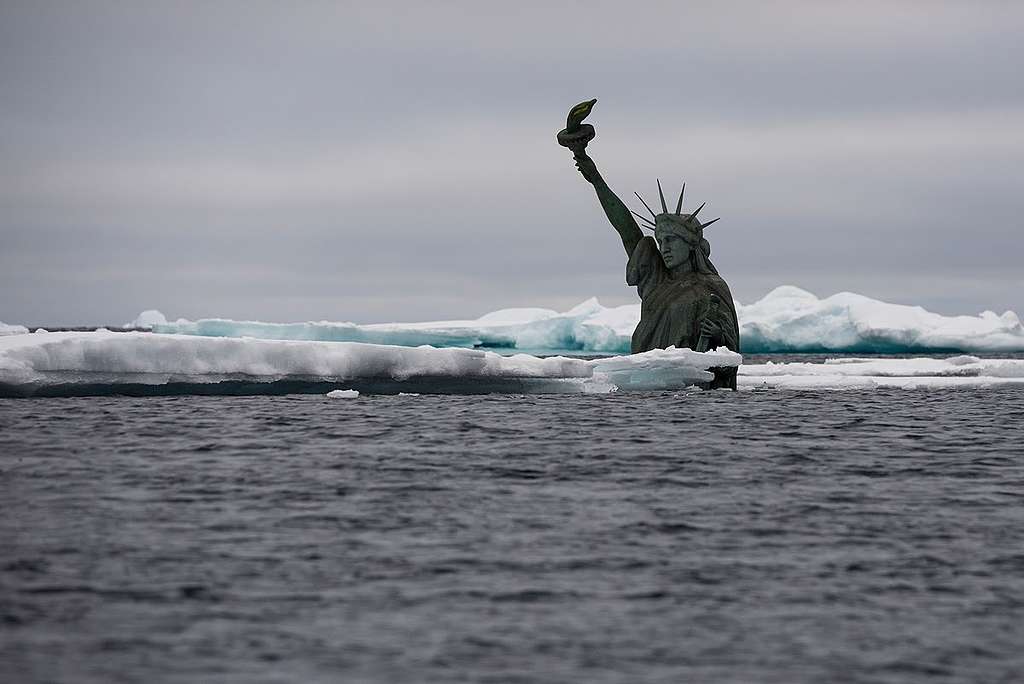
FACT 1: Metro Manila is sinking 10cm every year
It’s true! Metro Manila (composed of 16 cities including the City of Manila, and 1 municipality) is a densely populated urban centre and the over extraction of groundwater is the main reason the area is sinking. Think about how dangerous that is when the climate crisis is causing sea levels to rise and storm surges to become both more frequent and more destructive. And the region is already in a very vulnerable position: for example, the sea level is rising at 13.24 mm per year in Manila Bay, while some coastal areas of the City of Manila are extremely low-lying — some as low as 2m above sea level. Our analysis showed that almost 87% of the City of Manila is likely to go underwater if a “ten-year flood” happens in 2030 (under the scenario of global greenhouse gas emissions continuing to rise at the current rate). These are big flooding events caused by storm surges and high tides. Such an event would potentially impact 1.54 million people and put US$39.24 billion GDP at risk. Top tourist sites and historical landmarks such as Binondo, Malacañang Palace and parts of Luneta Park could also be submerged.
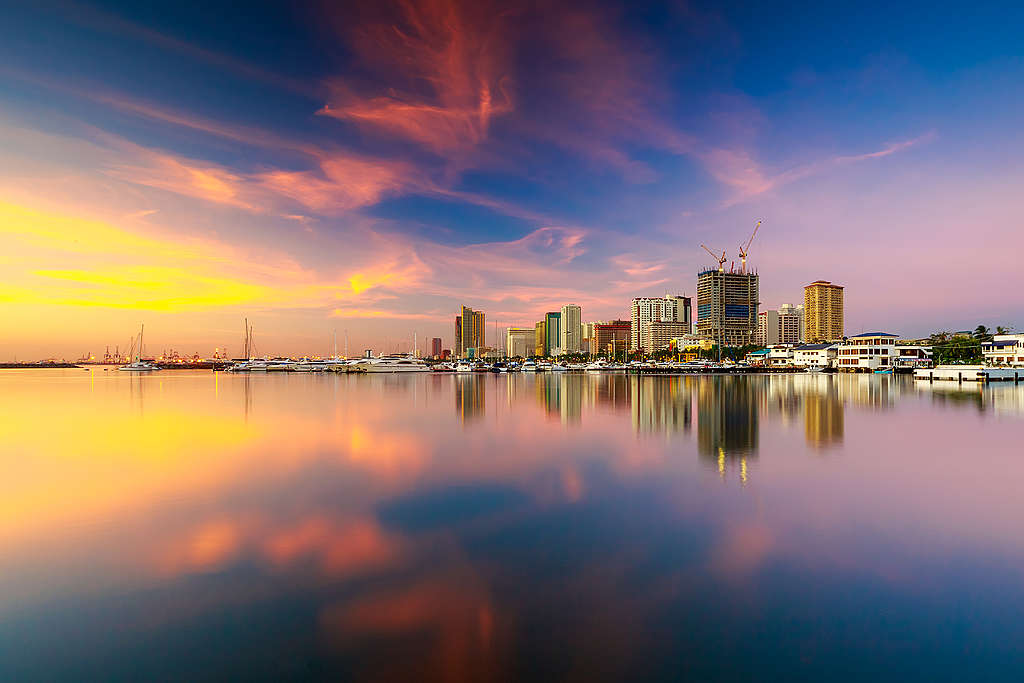
FACT 2: Sea level rise could flood Thailand’s swanky new parliament house in less than a decade
Yes, Sappaya-Sapasathan, the new parliament house with a stunning gold stupa on top that opened in May this year.
If a 10-year flood hit Bangkok in 2030, our analysis shows that parts of it could be submerged from sea level rise and coastal flooding. Like Manila, Bangkok is also sinking, but the culprits here are soft soils, heavy urbanization and land subsidence. Almost all (96% of Bangkok’s land area) is below the level to which sea water could rise in the event of a 10-year flood in 2030. That potentially means US$512.28 billion of GDP and more than 10 million people being impacted.
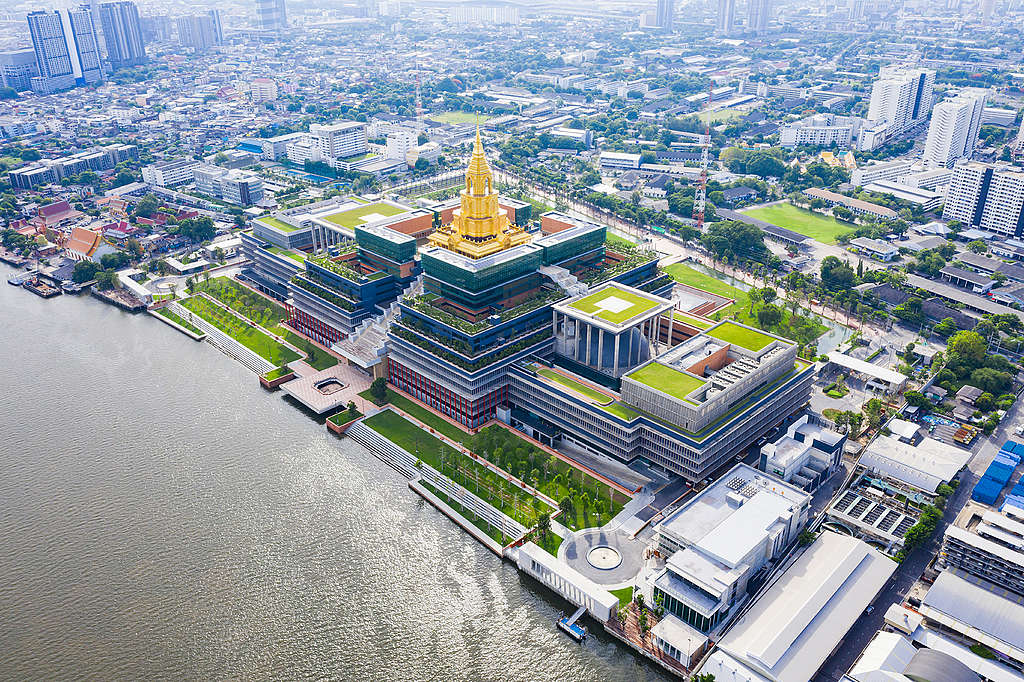
FACT 3: Central Tokyo flagged as among most vulnerable to extreme sea level rise
Although most of Tokyo has an elevation of over 40m above sea level, crucial parts of Japan’s capital are much lower and therefore at risk. In particular, low-lying areas of eastern Tokyo with a high population density could be affected by sea-level rise and coastal flooding in 2030, under the “business as usual” scenario. Riverparks along the Arakawa River, one of Tokyo’s prime cherry blossom spots, Edogawa City, which has suffered devastating floods in the past, and Kasai Rinkai Park, which is built on reclaimed land on the shoreline of Tokyo Bay, are among those areas.
In 2030, just under 1 million people could be impacted and Tokyo could face almost US$70 billion GDP at risk.
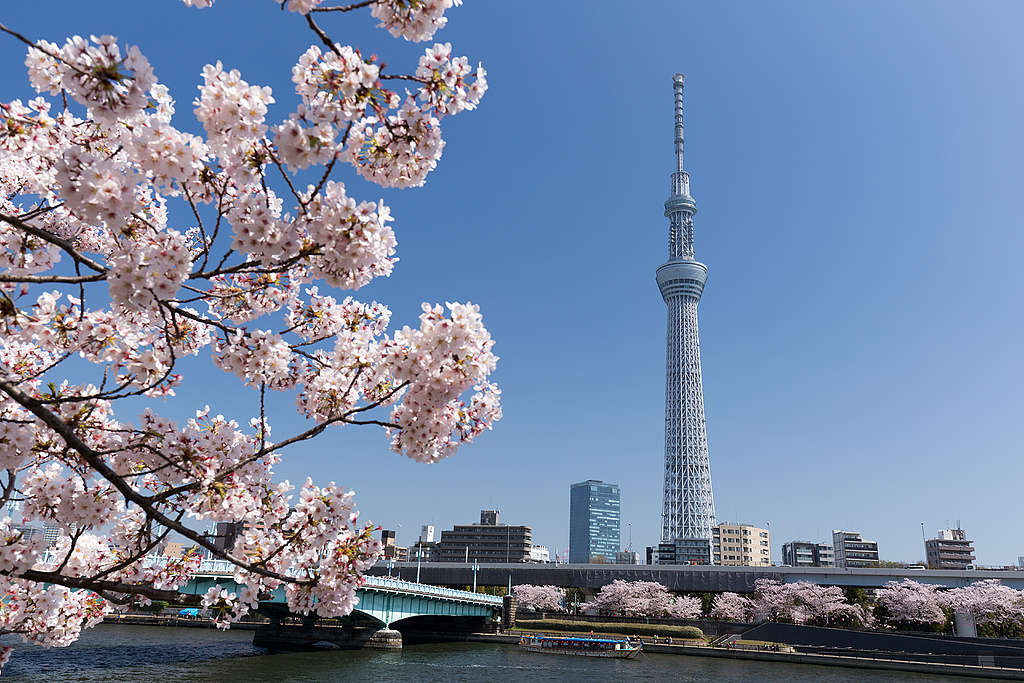
FACT 4: More than 80,000 waterbirds visit Mai Po in Hong Kong every year
Mai Po Nature Reserve in northwest Hong Kong lies on the path of the East Asian-Australasian Flyway, and every year 80,000 migratory waterbirds rest over in the reserve. A big part of the reserve is made up of mangroves and wetlands, which are at a very low elevation and thus are very vulnerable to sea-level rise. Our analysis shows that Mai Po is part of a portion of Hong Kong’s land area that is at potential risk of flooding should a 10-year flood occur in 2030. Hong Kong is already battered by tropical cyclones; typically between five and seven occur every year. The most extreme cyclone-caused storm surge in recent history saw the sea level driven more than 3m past high tide. If a 10-year-flood happened in 2030, it could impact tens of thousands of families (up to 90,000 people) and lead to a potential impact on US$2.24 billion in GDP.
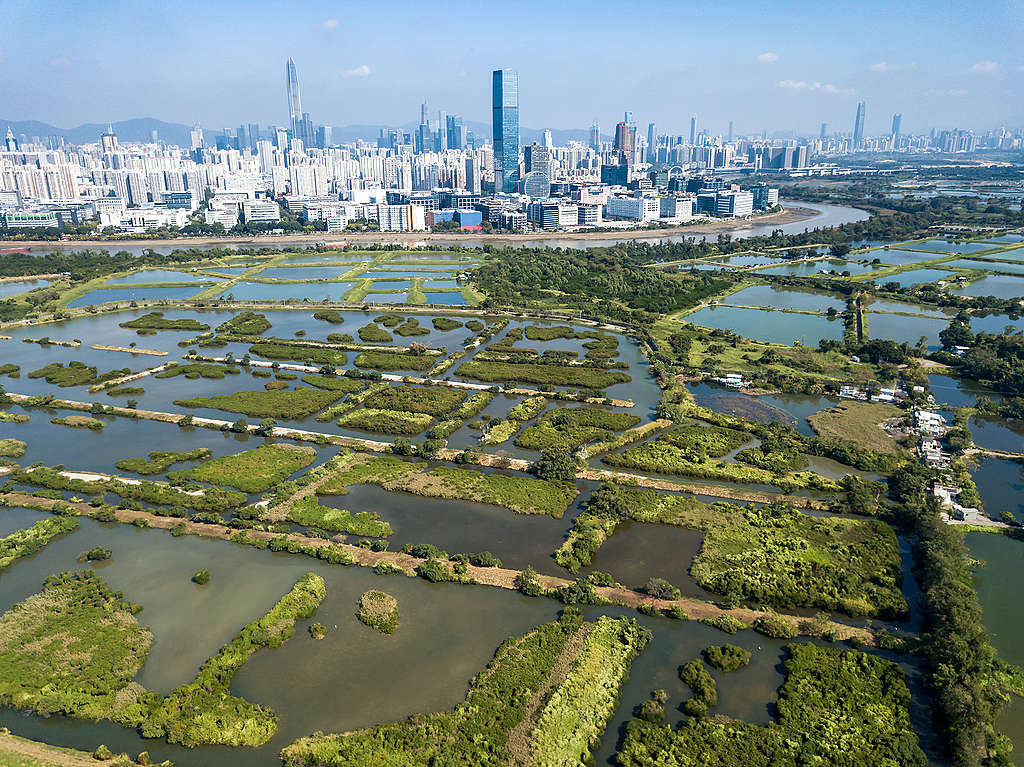
FACT 5: Jakarta is the fastest sinking city in the world
Heavy groundwater use is causing Jakarta to subside on average from 1 to 15cm a year. Some areas of Jakarta have sunk between 3 to 4.1 meters, especially in coastal areas. This makes the consequences of sea-level rise on this megacity even more serious. Already, it is no stranger to flooding disasters from heavy rains, swollen rivers and high tides. Almost a fifth of Jakarta’s total land area is below the level to which seawater could rise should a 10-year flood occur in 2030. Both residential and commercial buildings are at risk as well as the National Monument and Jakarta City Hall. This could potentially impact 1.8 million people and could cause US$68.2 billion in GDP impact.
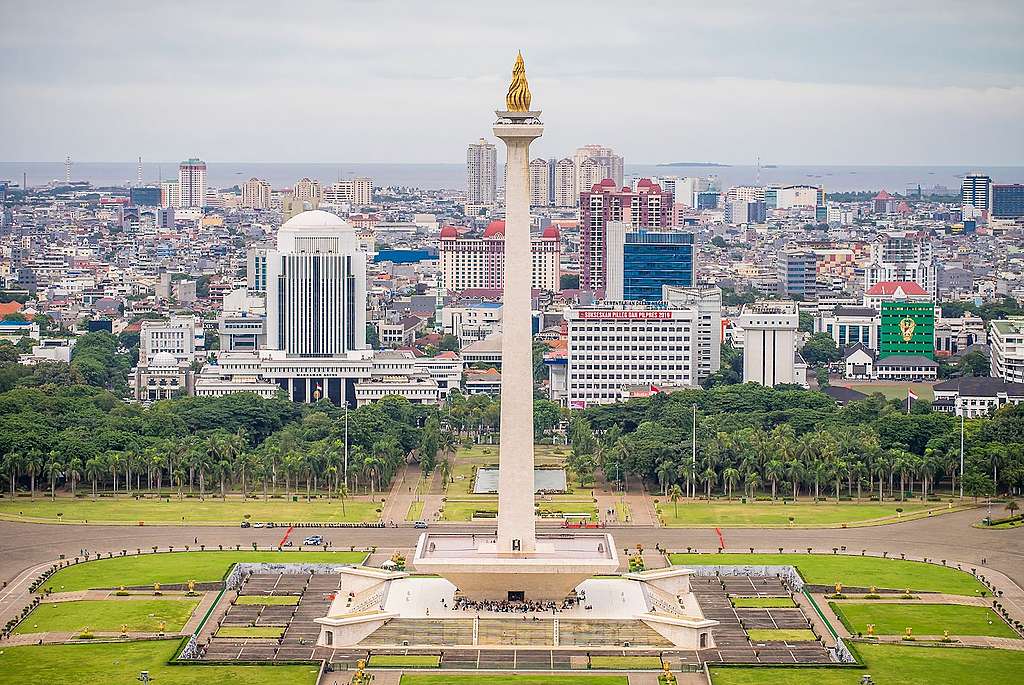
The Covid-19 pandemic has been a crisis of global proportions and it took the world by surprise. The climate crisis is another crisis of global proportions, but we do not have the same excuse. We know exactly what’s happening. We can make science-based predictions. So, what’s stopping the world from taking emergency action today?
Help us make change.


